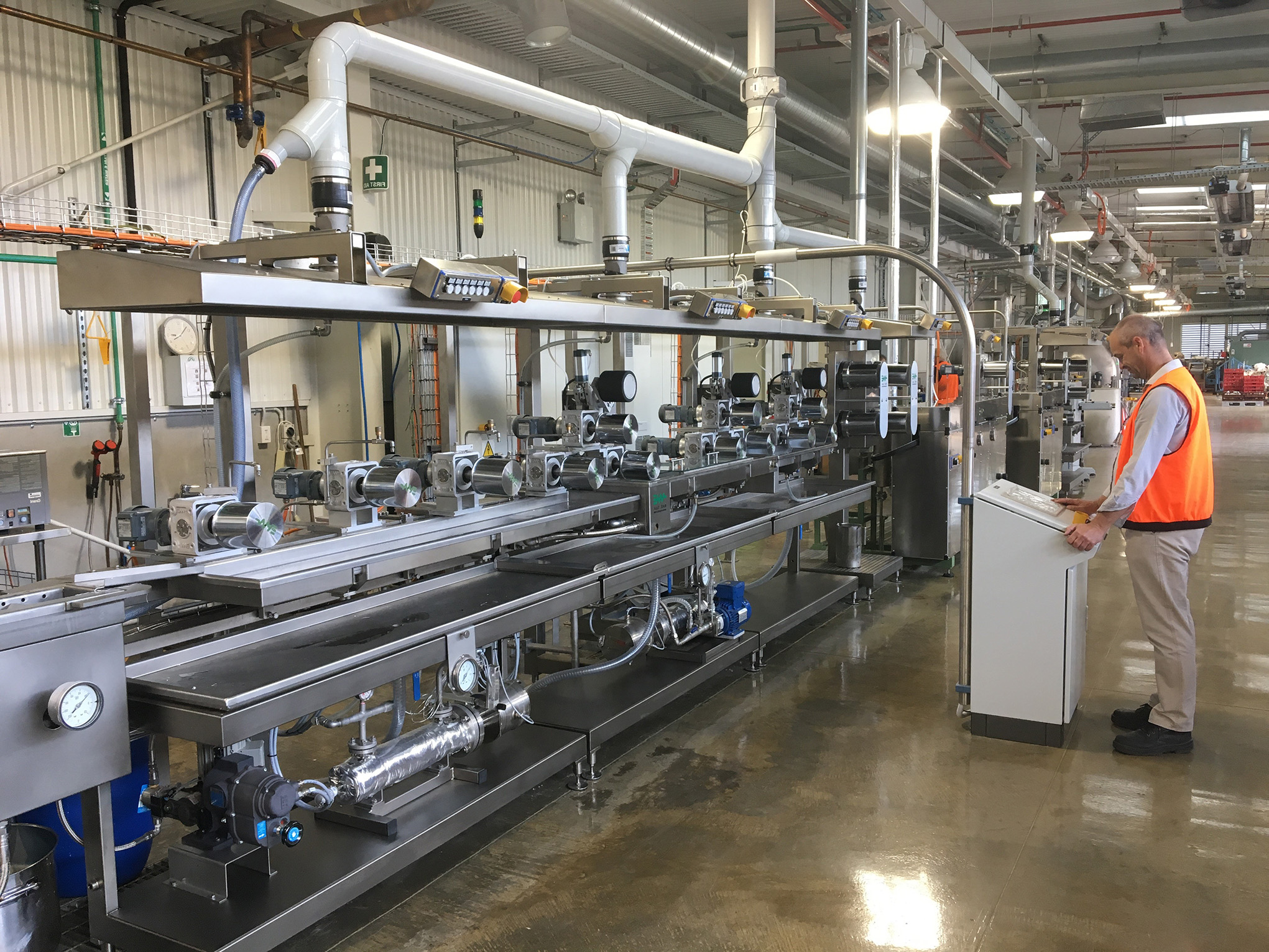Australia is now officially three months shy of notching up 26 years without a recession, a feat surpassed only by Japan.
It wasn’t so certain earlier this week: retail spending had spluttered since Christmas and home building had started falling as Sydney and Melbourne prices wobbled. Along with Cyclone Debbie, which wiped out swathes of Queensland rural and coal production, events had conspired to create a perfect storm that threatened to turn the holy grail of economic statistics—gross domestic product growth—negative in the March quarter. Two of those in a row, the conventional definition of a recession, and Australia’s dream run could have been over by September, AAP reported.
The Turnbull government drew a sigh of relief when the Australian Bureau of Statistics released the national accounts on Wednesday. The budget handed down last month had, once again, made assumptions about the future that had been panned for their optimism. Wage and GDP growth rates are expected to double within a few years, for instance.
As it turned out, the economy squeezed out 0.3% more goods and services in the March quarter, $445,830 million worth to be precise, than it did in the last three months of December.
Opposition treasury spokesman Chris Bowen was quick to highlight that was 1.7% more than the same time last year, which was the slowest economic growth rate since 2009, putting Australia toward the bottom of rich-country clubs the G7 and G20.
Scott Morrison trumpeted the economy’s “resilience”, drawing attention to the first back-to-back rise in business investment since 2012. Despite several cuts to interest rates by the Reserve Bank, businesses have sat on their hands since the resources boom.
While politics revolves around GDP, it’s an impressionist figure at best. The complex aggregation and manipulation entailed in putting it together—for instance, imputed rent, a made-up figure estimating how much homeowners are theoretically paying themselves to live in their home, is a big part of GDP—obscures what’s really going on. And that’s before adjusting any of the figures for population growth.
Company Profits Rise
Company profits rose more than 30% in the year to March, the best result of 33 years, while wages rose only 1.5%, leaving the share of wages in national income at 51.5%—the equal lowest level since the early 1960s. A lower share doesn’t mean most workers are worse off in absolute terms, but wage growth has been below consumer price inflation for six months, suggesting living standards are falling.
While the banks are doing well, gangbuster profits stem mainly from mining: up 100% from the same time a year ago thanks to an unexpected surge in coal and iron ore prices late last year and into January (which has since reversed). Outside mining, profits have increased a more modest 15%.
Australia’s liquefied natural gas exports, expected to exceed those of Qatar by next year, will make up about one-quarter to one-fifth of GDP growth during the next few years. Yet the activity may as well be happening on the other side of the world for all the benefit it brings to Australians living here.
This recent mini-boom is starkly different. In the decade to 2012, vast mining and energy profits were ploughed back into local construction and wages, but this phase of the boom is relatively jobless: the building phase is over and the giant LNG plants in particular don’t require many people to operate them.
Andrew Boak, chief economist at Goldman Sachs, is more optimistic, being the only major bank economist in Australia expecting the Reserve Bank to starting lifting its official interest rate before the year is out. The Reserve Bank board kept official rates on hold again this week, at 1.5%, for the ninth month in a row.
The unique wage-setting authority granted a 3.3% increase in the minimum wage earlier this week that will directly affect 2.3 million workers when it kicks in from next month, Boak said.


